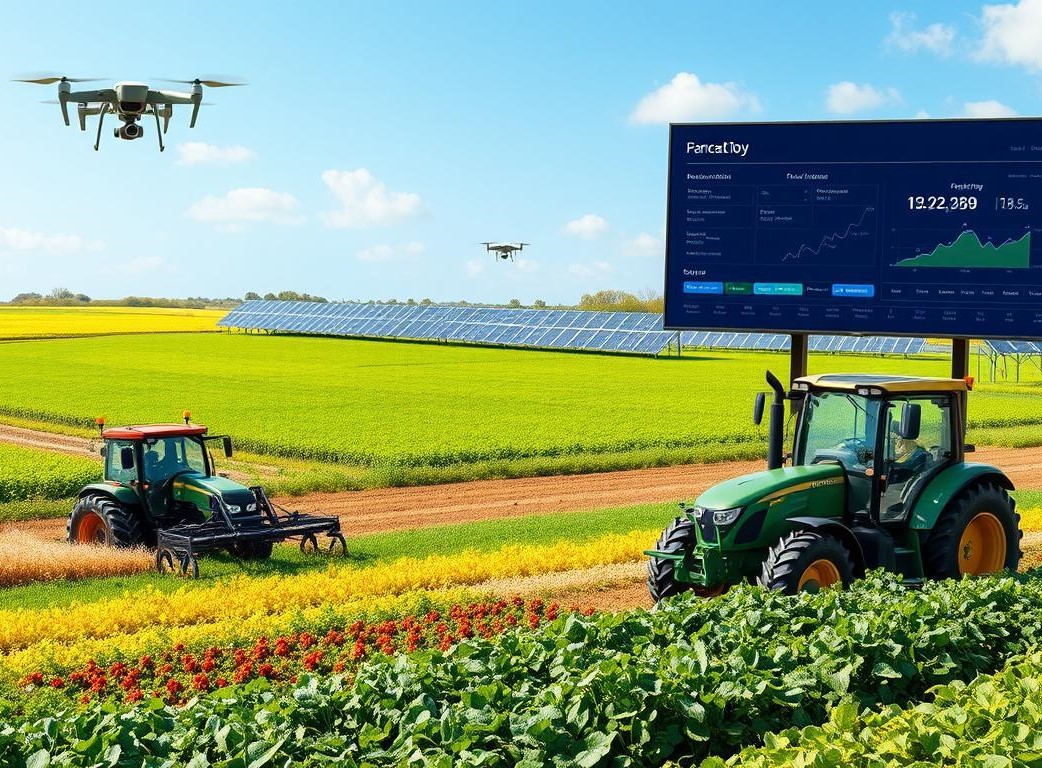Crop rotation is a time-tested practice that enhances soil health, boosts crop yields, and promotes sustainable farming. As the sector embraces agritech innovations and digital platforms like e-Mandi, integrating traditional methods like crop rotation with modern technologies can lead to more resilient and productive farming systems.
According to the Council on Energy, Environment and Water, crop rotation is the most popular SAPS in India, covering around 30 million hectares (Mha) of land and approximately 15 million farmers. Agroforestry, mainly popular among large cultivators, and rainwater harvesting have relatively high coverage – 25 Mha and 20-27 Mha, respectively.
Crop rotation involves systematically changing the type of crop grown on a particular piece of land across different seasons or years. This practice disrupts pest and disease cycles, improves soil fertility, and optimises nutrient use, leading to healthier crops and better yields.
Let’s talk about crop rotation’s benefits.
- Enhanced soil fertility: Different crops have varying nutrient requirements and contributions. For instance, legumes like mungbean and chickpea fix atmospheric nitrogen, enriching the soil for subsequent crops. A study in the Indo-Gangetic plains revealed that incorporating pulses into maize-wheat rotations increased nitrogen uptake by 33.9% and phosphorus by 46.4% in maize crops.
- Pest and disease management: Rotating crops breaks the life cycles of pests and diseases specific to certain crops, reducing their prevalence. This natural method decreases reliance on chemical pesticides, promoting a healthier ecosystem.
- Improved soil structure and reduced erosion: Diverse root systems from different crops enhance soil structure, increase aeration, and improve water retention. Additionally, maintaining continuous ground cover through rotation minimises soil erosion caused by wind and water.
- Weed suppression: Altering crops changes the field environment, making it less hospitable for specific weed species. This reduces weed pressure and the need for herbicides.
There is an economic impact as well. Implementing crop rotation has shown significant economic benefits for Indian farmers. In Karnataka’s dryland zones, adopting crop rotation and intercropping practices led to over a 50% increase in yields for crops like finger millet, pigeon pea, and maize. Moreover, rice-based rotations with oilseeds, wheat, pulses, and maize have provided returns ranging from ₹40,472 to ₹59,110 per hectare, highlighting the profitability of diversified cropping systems.
Integrating agritech and e-Mandi platforms
The rise of agritech solutions offers farmers tools to plan and monitor crop rotations effectively. Digital mandi or e-Mandi facilitates better market access, allowing farmers to make informed decisions based on crop demand and pricing trends. By leveraging these technologies, farmers can optimise their rotation schedules to align with market opportunities, enhancing profitability.
There have been certain regional stories around crop rotation as well:
- Punjab and Haryana: Farmers have improved soil fertility and reduced pest incidence by rotating rice-wheat systems with pulses like chickpeas and lentils.
- Madhya Pradesh: Alternating oilseeds such as mustard with cereals like wheat and maize has led to increased yields and lower input costs.
- Maharashtra: Diversifying between sugarcane and leguminous crops has enhanced soil fertility and reduced pest vulnerabilities.
Conclusion
Crop rotation promotes sustainable agriculture, offering myriad benefits from improved soil health to increased economic returns. As Indian agriculture evolves, integrating traditional practices like crop rotation with modern agritech solutions and platforms like agribazaar can pave the way for a more resilient and productive farming future. By leveraging data-driven insights and market linkages provided by platforms like ours, farmers can make informed decisions about crop planning, input use, and post-harvest marketing. Embracing these strategies ensures healthier soils, robust harvests, and greater profitability for India’s farming community.








 Connect With Us
Connect With Us